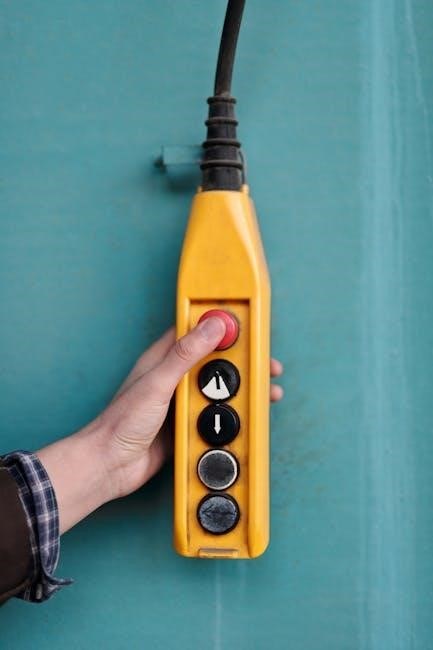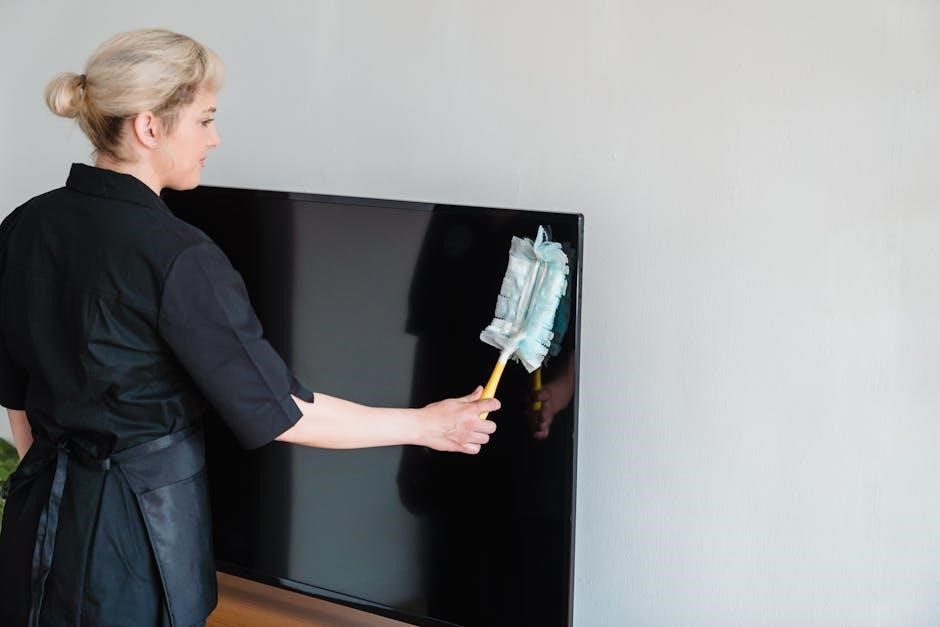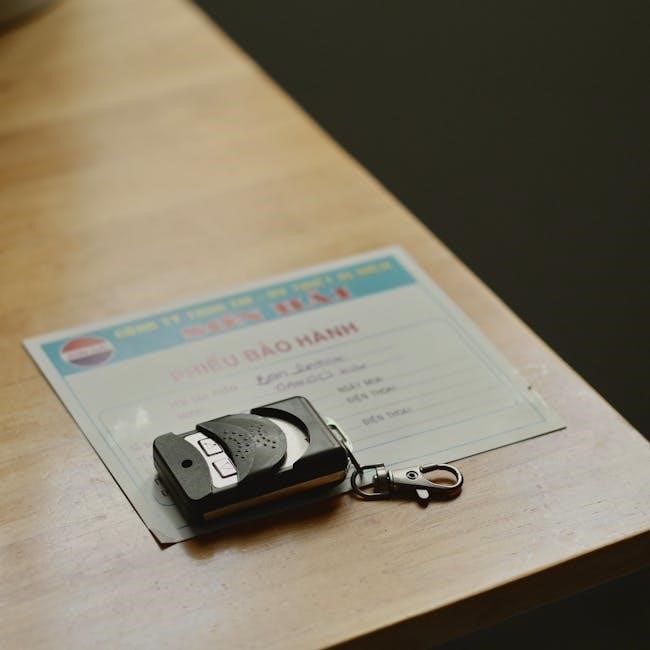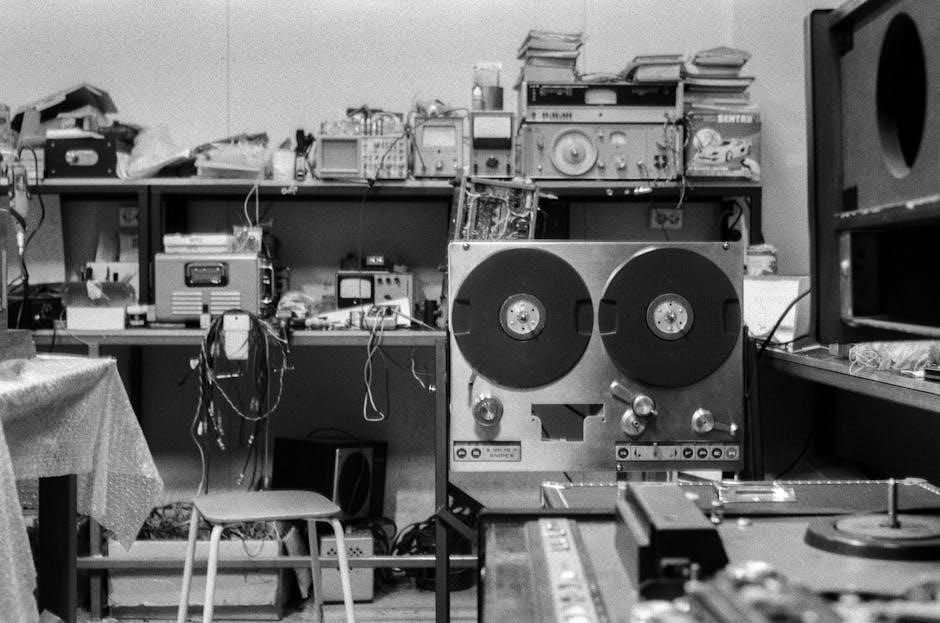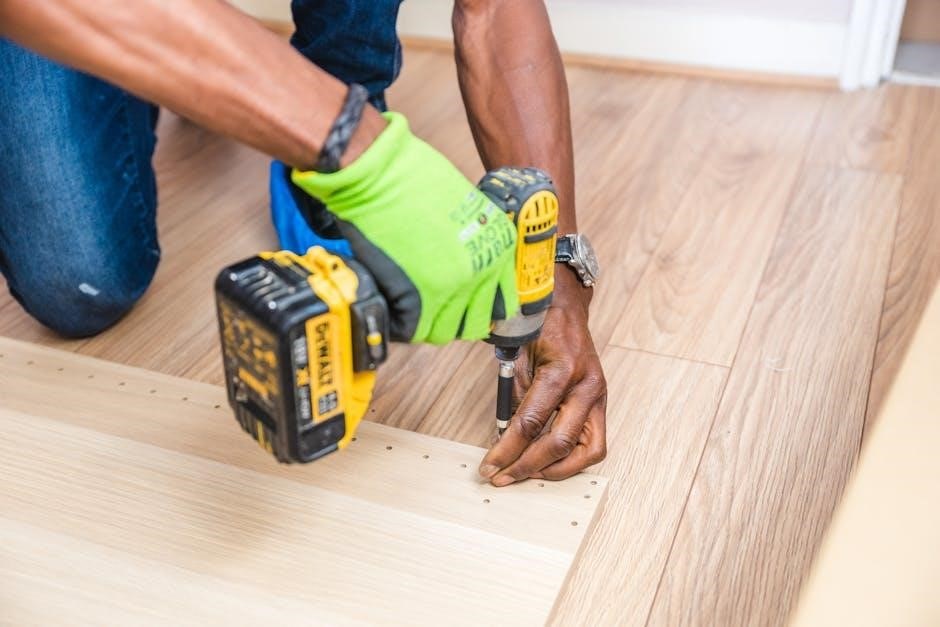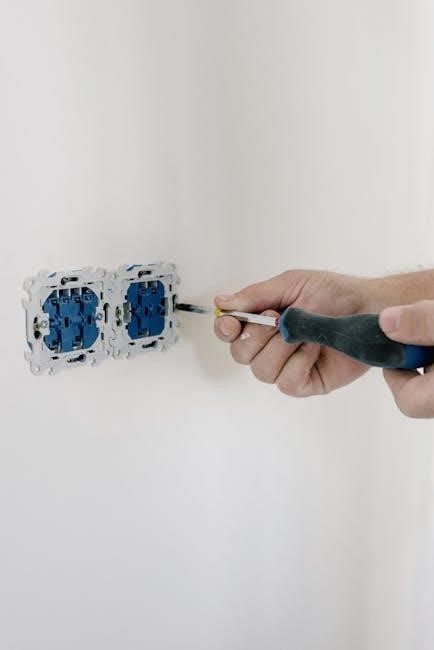The ACLS Provider Manual is designed for single user reference and clinical use, containing systematic approaches to cardiopulmonary emergencies and team communication methods, using
key concepts
effectively always online.
Overview of the Manual
The ACLS Provider Manual is a comprehensive guide that provides students with the necessary information to successfully complete the ACLS Course. The manual is designed for use by a single user and as a student reference tool pre- and post-course. It is also used as a clinical reference, containing information on the systematic approach to a cardiopulmonary emergency, effective team communication, and the ACLS cases and algorithms. The manual includes a systematic approach to cardiopulmonary emergencies, which enables healthcare professionals to respond quickly and effectively in emergency situations. Additionally, the manual covers effective team communication methods, which are essential for high-performance teams. The ACLS Provider Manual is an essential resource for healthcare professionals who want to improve their skills and knowledge in advanced cardiovascular life support. The manual is available in various formats, including print and digital versions, making it accessible to a wide range of users.

Features of the ACLS Provider Manual eBook
The eBook features digital access, including the ACLS Digital Reference Card, for easy reference and use online always.
Electronic Equivalent of the Printed Manual
The ACLS Provider Manual eBook is the electronic equivalent of the printed manual, offering an alternative to the traditional format. This digital version contains all the information students need to successfully complete the ACLS Course. The eBook is designed for use by a single user and as a student reference tool pre- and post-course, making it a convenient option for those who prefer digital materials. It includes the same content as the printed manual, covering topics such as the systematic approach to cardiopulmonary emergencies, effective team communication, and ACLS cases and algorithms. The electronic format allows for easy access and navigation, making it a useful resource for healthcare professionals. The ACLS Provider Manual eBook is a reliable and efficient way to access important information, and its digital format makes it easily accessible online. It is a valuable tool for anyone involved in ACLS training or practice.
Included Components
The ACLS Provider Manual eBook includes several key components, such as the ACLS Digital Reference Card, which provides a quick and easy reference guide for healthcare professionals. This digital card is also available for separate purchase, but it is conveniently included with the eBook. The manual also covers various ACLS cases and algorithms, providing a comprehensive overview of the systematic approach to cardiopulmonary emergencies. Additionally, the eBook includes information on effective team communication, which is essential for successful ACLS practice. The included components make the ACLS Provider Manual eBook a valuable resource for healthcare professionals, providing them with the necessary tools and information to succeed in ACLS training and practice. The eBook’s comprehensive coverage of ACLS topics and included components make it an essential resource for anyone involved in ACLS. The components are designed to work together to provide a complete understanding of ACLS principles and practices.

Benefits of the ACLS Provider Manual
The manual offers benefits, including improved cardiopulmonary emergency response, using online resources and training materials effectively always.
Clinical Reference Tool
The ACLS Provider Manual serves as a comprehensive clinical reference tool, providing healthcare professionals with essential information and guidelines for responding to cardiopulmonary emergencies. The manual includes a systematic approach to emergency situations, effective team communication methods, and ACLS cases and algorithms. It is designed for use by a single user and as a student reference tool pre- and post-course. The manual is also used as a clinical reference, offering a digital equivalent of the printed manual. This digital manual includes information on the systematic approach to a cardiopulmonary emergency, effective team communication, and the ACLS cases and algorithms. The ACLS Provider Manual is an important resource for healthcare professionals, providing them with the knowledge and skills necessary to respond to emergency situations effectively. It is a valuable tool for clinicians, using online resources and training materials to improve patient outcomes.
Systematic Approach to Emergencies
The ACLS Provider Manual outlines a systematic approach to emergencies, emphasizing the importance of a structured method for responding to cardiopulmonary emergencies. This approach involves assessing the situation, identifying the problem, and implementing the appropriate solution. The manual provides a step-by-step guide for healthcare professionals to follow, ensuring that they are equipped to handle emergency situations effectively. The systematic approach to emergencies is based on the latest research and guidelines, and is designed to improve patient outcomes. By following this approach, healthcare professionals can provide high-quality care to patients in emergency situations, using standardized protocols and procedures. The manual’s systematic approach to emergencies is a key component of the ACLS training program, and is essential for healthcare professionals who want to provide effective care in emergency situations, with a focus on teamwork and communication.

ACLS Provider Manual Updates
The manual is regularly updated with new guidelines and research, ensuring users have the most current information always available online now.
Recent Updates
The ACLS Provider Manual has undergone recent updates to reflect the latest advancements in cardiovascular life support, including changes to treatment algorithms and guidelines for patient care. These updates are crucial for healthcare professionals to stay current with the most effective methods for treating cardiopulmonary emergencies. The updates are based on the latest research and evidence-based practices, ensuring that users of the manual have access to the most up-to-date information. The American Heart Association regularly reviews and updates the manual to reflect new findings and recommendations, making it an essential resource for those providing emergency care. By incorporating these updates, the ACLS Provider Manual remains a vital tool for healthcare professionals, helping them to provide the best possible care for patients in emergency situations, using a variety of methods and techniques to achieve this goal effectively.

Relationship to AHA Guidelines
The manual adheres to AHA guidelines, using
standardized protocols
for emergency care, ensuring consistency and accuracy in treatment methods always online and easily accessible.
AHA-Approved Content
The ACLS Provider Manual contains AHA-approved content, ensuring that the information and guidelines provided are accurate and reliable. This manual is designed to be used as a reference tool for healthcare professionals, and its content is based on the latest research and guidelines in the field of advanced cardiovascular life support. The AHA-approved content includes information on cardiopulmonary resuscitation, emergency cardiovascular care, and other related topics. The manual is organized in a logical and easy-to-follow manner, making it simple for users to find the information they need quickly and easily. The AHA-approved content is also regularly updated to reflect changes in guidelines and best practices, ensuring that users have access to the most current and effective information available. This manual is an essential resource for anyone involved in providing advanced cardiovascular life support.
The manual provides essential information and guidelines for healthcare professionals using
online resources
effectively always available online now.
Importance of the ACLS Provider Manual
The ACLS Provider Manual is a crucial resource for healthcare professionals, providing them with the necessary knowledge and skills to respond to cardiopulmonary emergencies effectively. The manual contains essential information on systematic approaches to emergencies, team communication, and algorithms. By following the guidelines outlined in the manual, healthcare professionals can improve patient outcomes and reduce mortality rates. The manual is also an important tool for ongoing education and training, helping professionals to stay up-to-date with the latest techniques and best practices. Additionally, the manual serves as a reference guide for professionals to consult in emergency situations, providing them with the confidence and expertise to make critical decisions quickly and effectively. Overall, the ACLS Provider Manual is an indispensable resource for healthcare professionals working in emergency medicine and critical care settings, using online resources and digital platforms to access the manual and stay current with the latest developments.







